Mathias Dahlgren Restaurants
Stockholm, 2007


Mathias Dahlgren Restaurants
Stockholm, 2007
Two contrasting restaurants side-by-side for the Michelin starred Swedish chef in Stockholm’s Grand Hotel. Matbaren and Matsalen are fast and slow dining experiences, respectively. The intention with both dining spaces was to support and translate different aspects of the maverick chef’s gastronomic philosophy as a pioneer of the New Nordic food movement.
Photography by Lisa Cohen

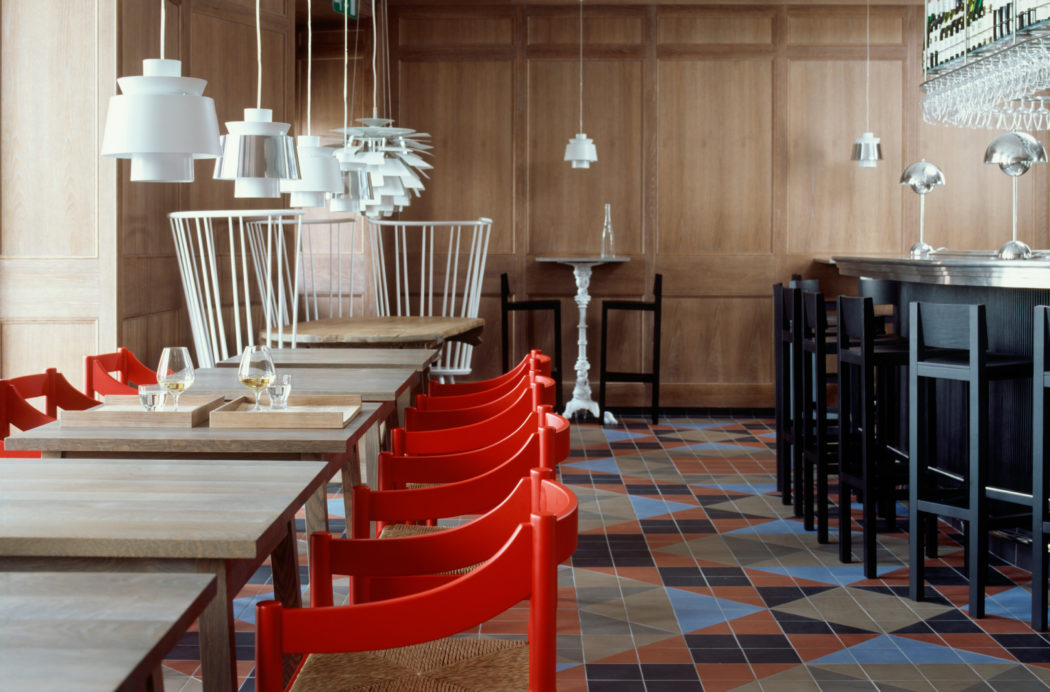
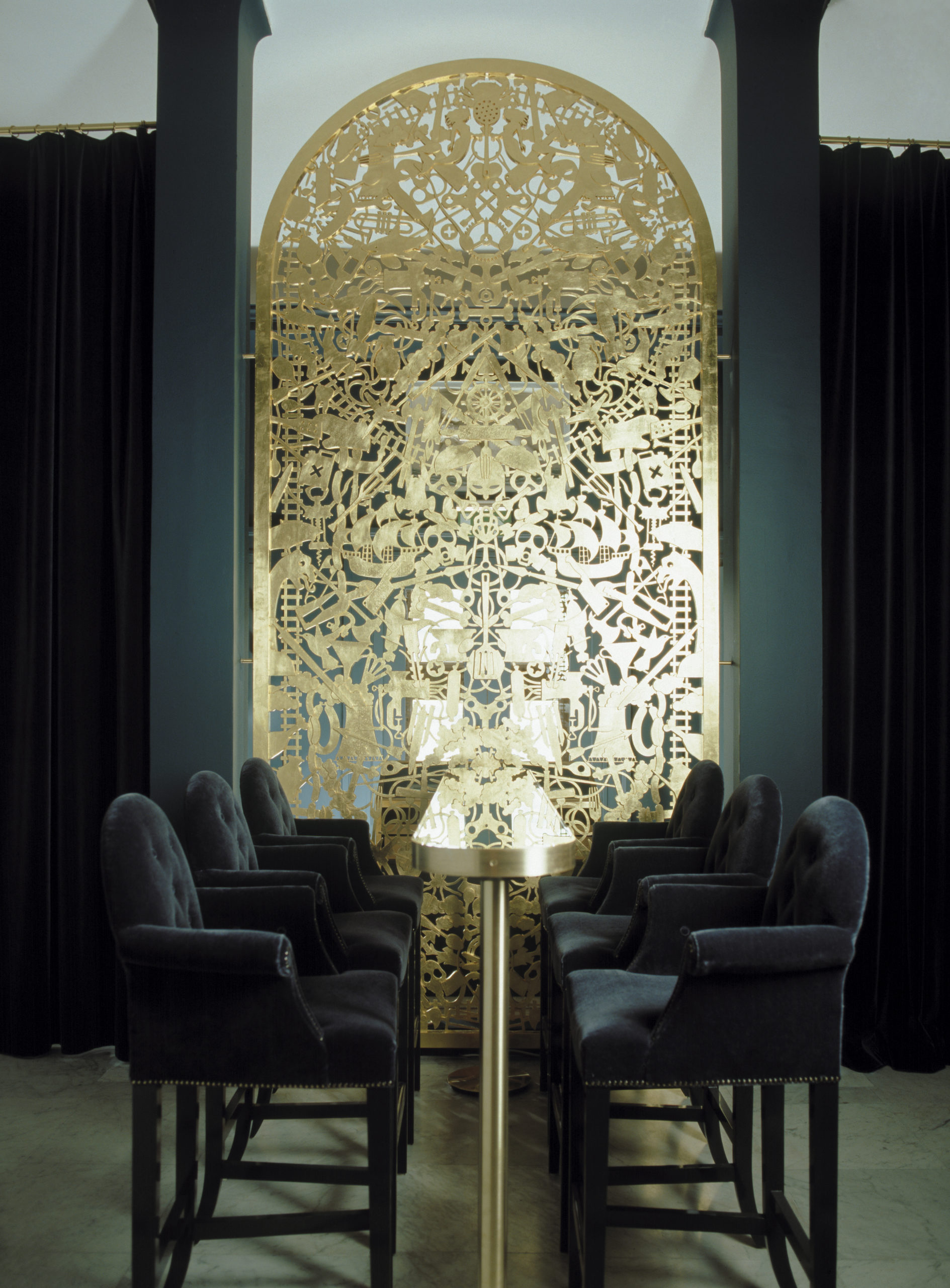
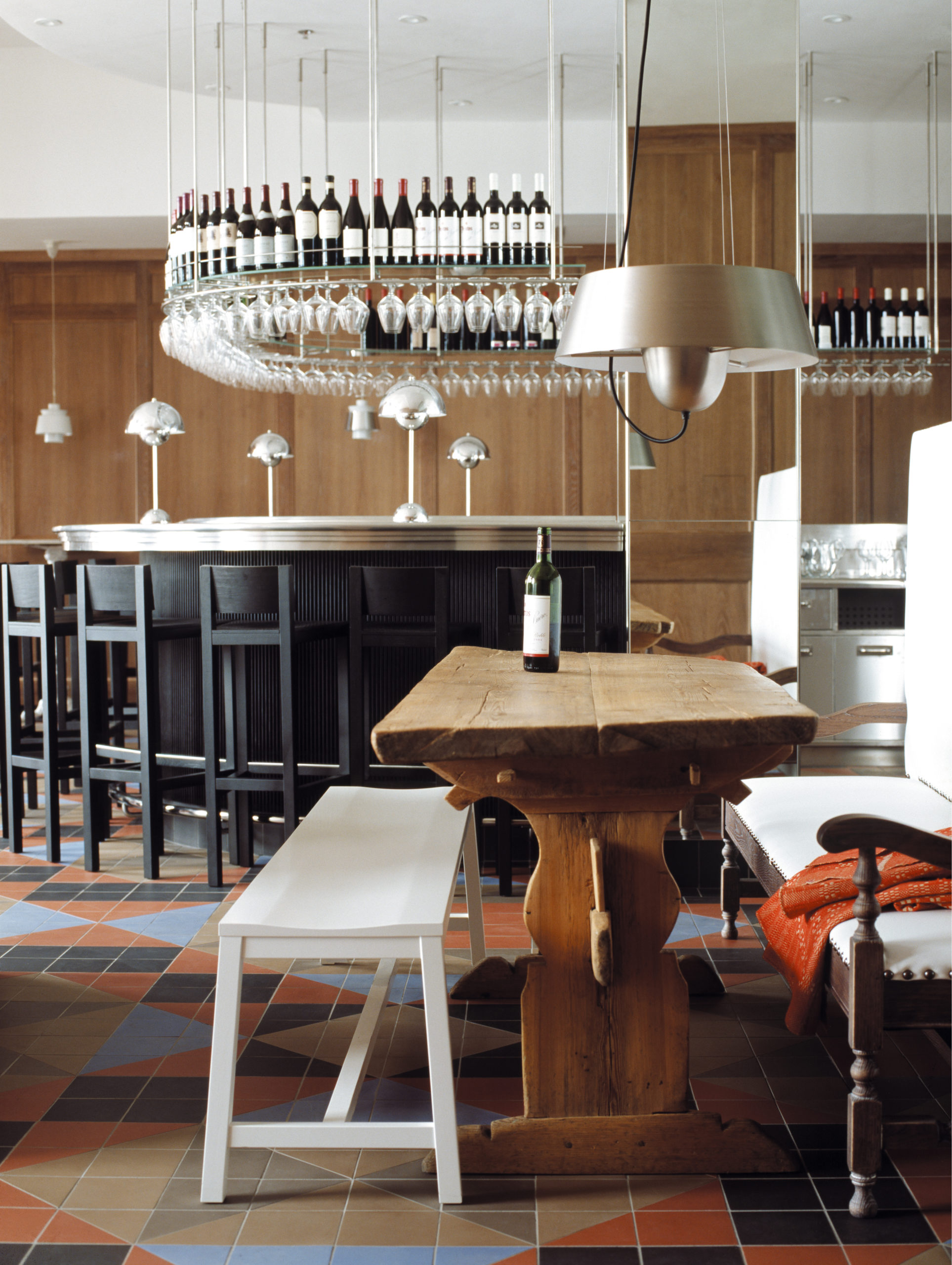
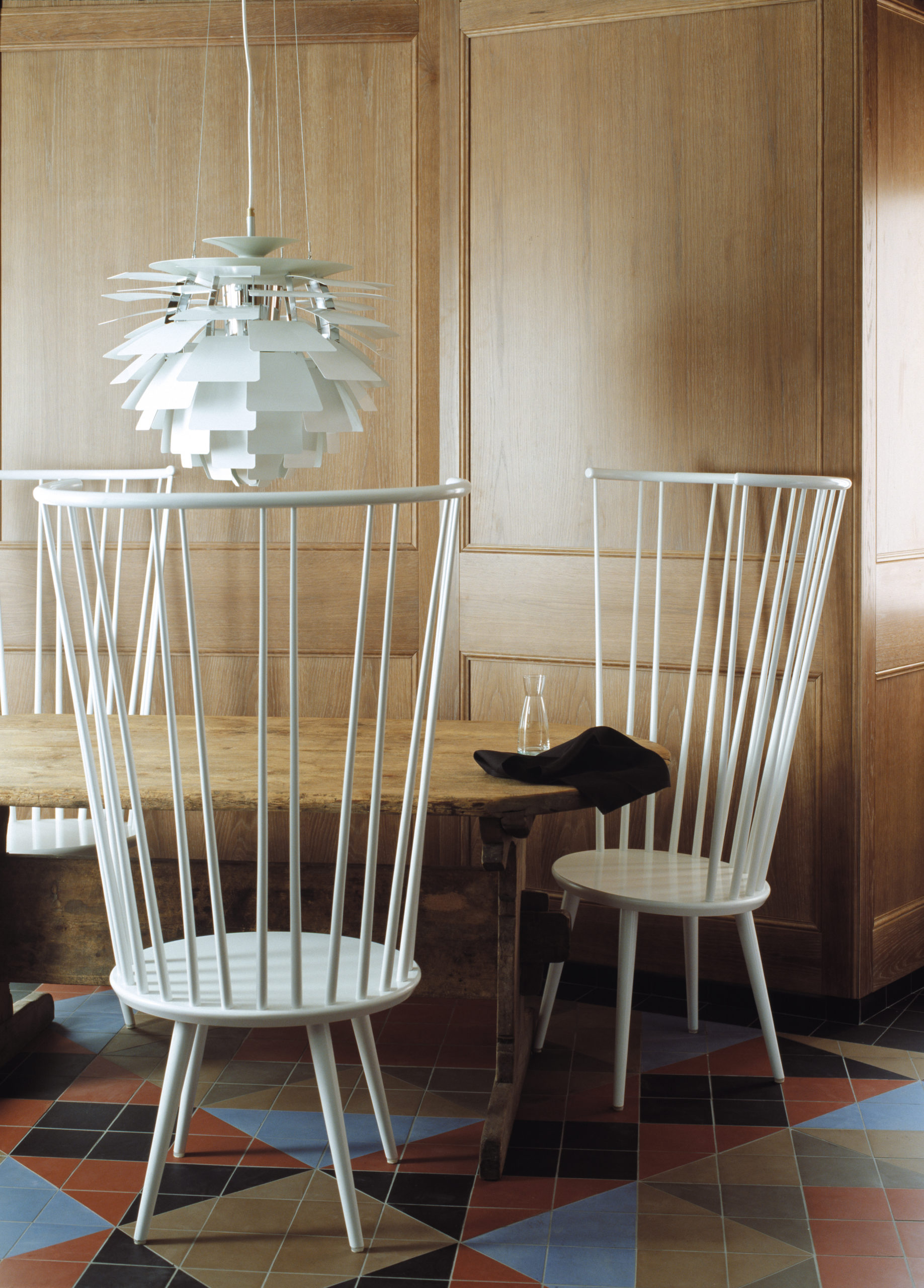
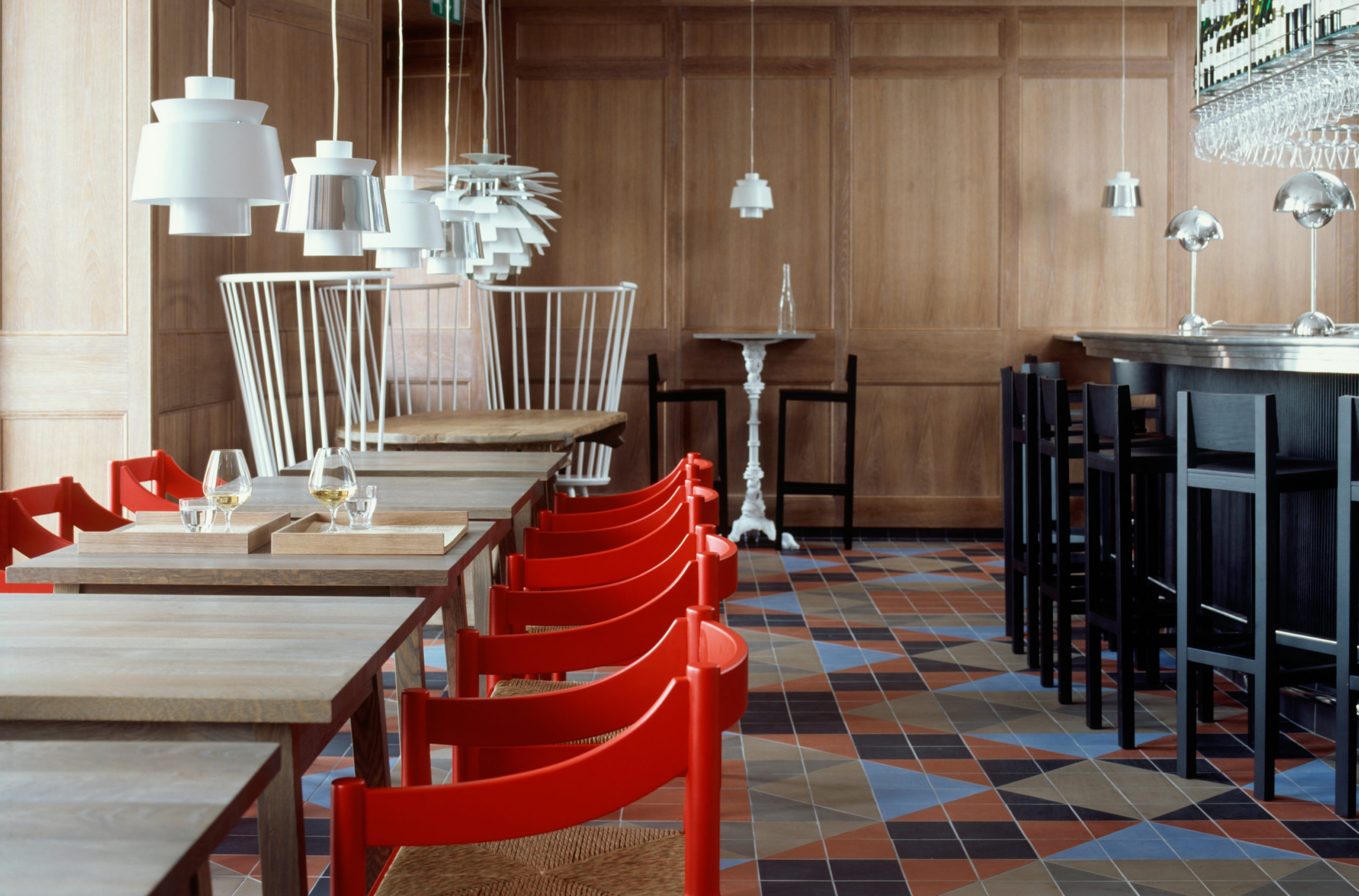
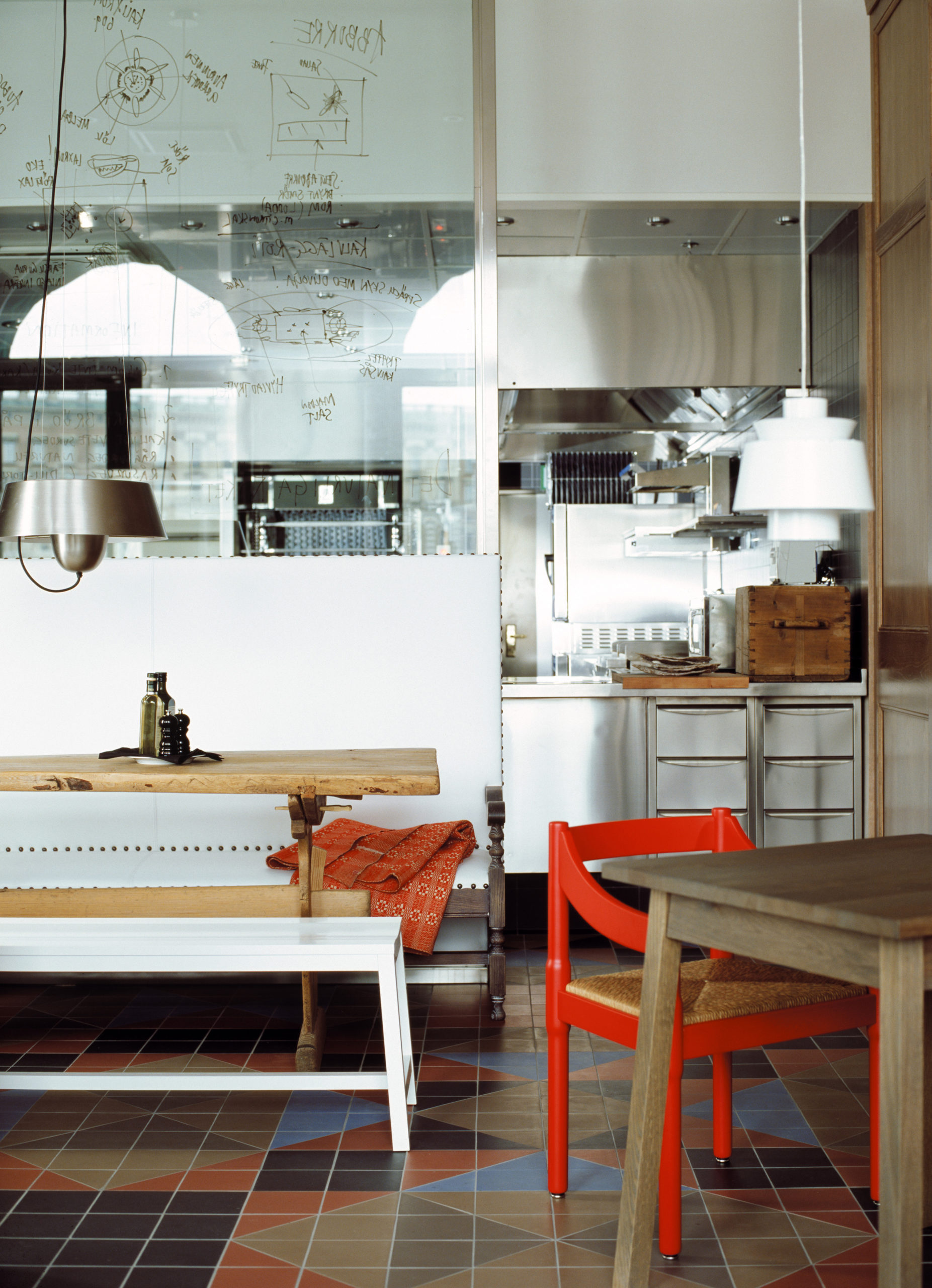
A Manifesto: What is the dining room and experience of the future?
- It is domestic in feel and operation, more like the home of a friend than entering “an establishment”. It’s not about what you wear, it’s about how you feel.
- The relationship between the chefs and service team is like a family. The service team are more like hosts. Sharing a gastronomic experience with the chefs is what people want.
- Education has to be an important element; the restaurant becomes the “studio”.
- There may not be a menu: food is based on availability of ingredients and dishes are put together in discussion with the guest on arrival as to how they would like it cooked/finished/served.
- Pricing and payment will be handled differently – perhaps by time, weight of ingredients and negotiated beforehand or afterwards.
- Mobile technology is not allowed – iphones and blackberries are put in a box so diners can focus on the experience and each other.
- Though memorable, special and tailored the experience is fluid and quick and beautifully executed: time is precious and diners don’t want to spend hours feeling held hostage. Being in control of your time is crucial – diners want to know how long it will last from the outset.
- There will be a ritual element to the dining experience. A new Harvard report suggests that rituals around food make us appreciate it more.